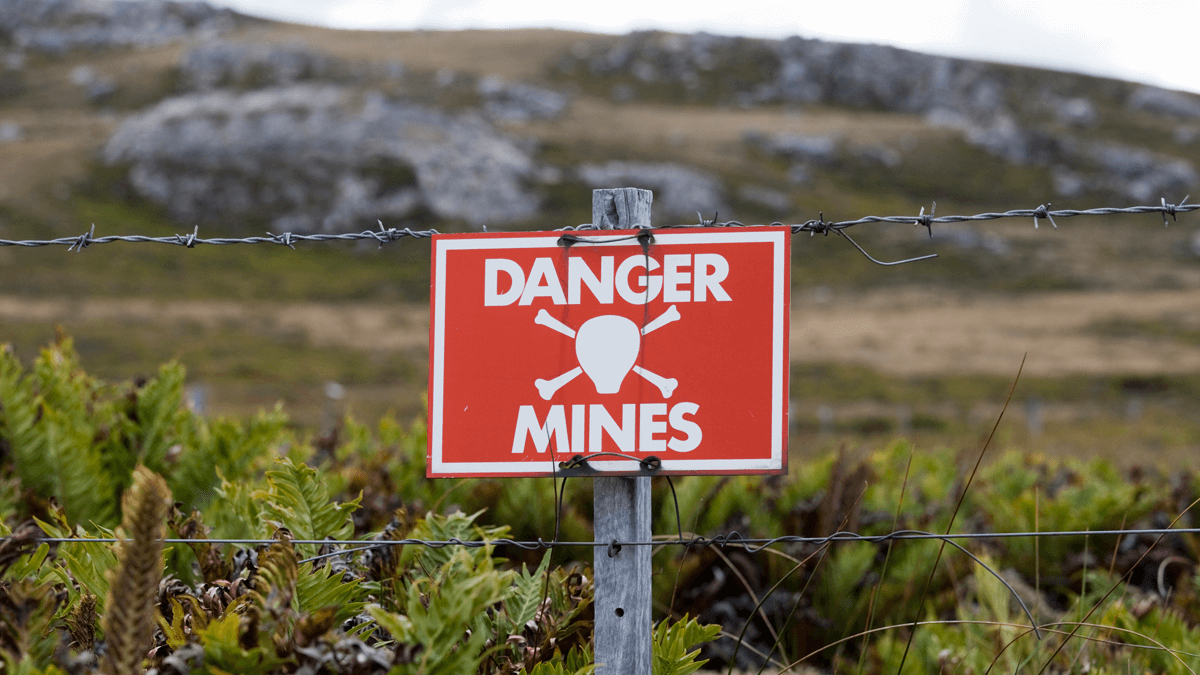Many refer to the new-market, new-technology quadrant of the Ansoff matrix as the “suicide quadrant,” given its high-failure rate. This need not be the case. With good planning, you can spot potential “landmines” much earlier, and take steps to either kill your project quickly, redirect it, or accelerate success. Do this by rating risk factors for impact and certainty… and then communicate your progress through Certainty Matrices.
More in article, How to Thrive in the “Suicide Quadrant”
A project landmine is something that blows up budgets, schedule and reputations. No one steps on one they can see. So why don’t we look for them harder and earlier in a project life? Because we’ve been conditioned to think that killing our project equates to failure. Instead, we should identify areas of uncertainty as early as possible. Celebrate when you kill your own project swiftly… and celebrate when you try hard and are unable to kill it.
View video, De-risking Transformational Projects
In the front end of innovation, though, there are just two ways to fail. An error omission is failing to uncover an unarticulated customer need. An error of commission is choosing the wrong customer need to work on. Funny thing about errors of omission: No one knows you erred… until a competitor launches a blockbuster product.
More in white paper, Guessing at Customer Needs (page 5).
Picture this: You develop a great new product, price it well, and profits begin flowing. This does not go unobserved by competitors who introduce a knock-off, causing prices to drop. Everyone noticed the initial success, but few noticed the failure: Aggressive patent homework might have kept those profits flowing for years. Depressing… if you noticed.
More in New Product Blueprinting article, Are You Maximizing Your Profits?




